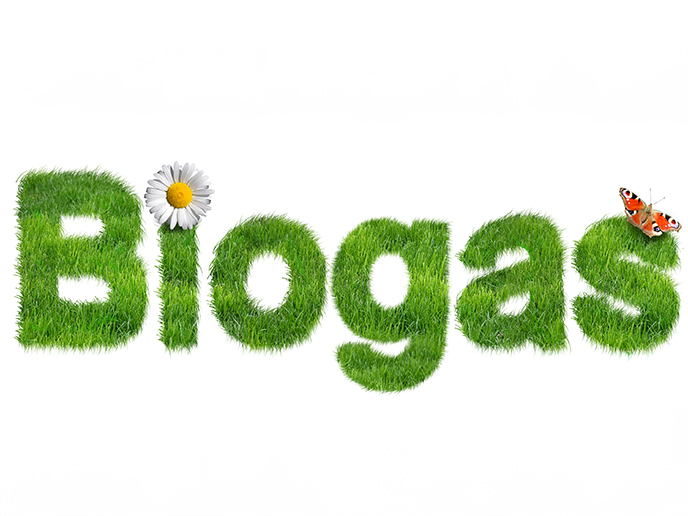Cracking steam cracking technology with eco-friendly furnaces
Steam cracking is the most energy-consuming process in the chemical industry and globally it uses about 8 % of the sector’s total primary energy. Improving energy efficiency has an immediate pay-out as energy costs account for roughly 70 % of the net production costs in typical ethane- or naphtha-based olefin plants. The EU-funded IMPROOF project improved the energy efficiency of the radiation section of a steam cracking furnace by at least 20 %. This has the added benefit of reducing greenhouse gas emissions and nitrogen oxides (NOx) per ton ethylene produced by about 25 %.
Innovative technology geared at emissions and energy reduction
IMPROOF used advanced coil materials, combined with a new cost-effective 3D furnace and reactor, which yielded 30 % fuel savings and 30 % less carbon dioxide (CO2) emissions. This improved process control and provided a more uniform heat transfer thus increasing run lengths. In addition, the application of high-emissivity coatings on the external surface of the radiant coils further improved the energy consumption. “One of the most important ways to reduce the energy input in steam cracking furnaces per ton ethylene produced is to reduce coke formation on the reactor wall of the long tubular reactor mounted in the furnaces,” explains Kevin Van Geem, project fellow. The project demonstrated the advantage of combining their technological innovations with an anticipated increase in the time on stream by a factor of 3. Thus, cleaning the furnace and downtime is necessary once every 3 months instead of monthly. While the COVID-19 crisis affected the progress of the project and made data acquisition and a one-to-one comparison difficult, it did not stop the project’s consortium from operating intensively. Works included: pilot plant testing and advanced process simulation; evaluating techno-economic, environmental and operational advantages of the project; and disseminating and commercialising the project results and producing experimental data on the combustion of biogas and bio-oil surrogates.
The olefin industry and relevant stakeholders take notice
“IMPROOF has been operative for more than 4 years, and the impact of our project is huge. More and more companies see how they can reduce CO2 emissions,” adds Van Geem. The power of advanced 3D modelling can help to boost production, reduce CO2 and NOx emissions and enhance cost/benefit ratios. The petrochemical industry is also considering combining innovative technologies such as high emissivity coatings of refractories with coated reactors. This is also of relevance for endothermic processes such as steam reforming, glass production, electrification and more. The methodology followed by IMPROOF is getting substantial attention because of its ability to be used for electrification of steam cracking. If green electricity can be used, CO2 emissions could be reduced by 30 % and a more impressive emissions reduction of 90 % could be achieved if the concentrated CO2 is captured. The results were disseminated widely at workshops and conferences, stakeholders such as Plastics Europe, universities and companies, and in bilateral meetings with academicians and industrial actors. “This has boosted interest in the project and the technology. The project is very visible in the olefin industry with numerous requests for presentations at companies not partners of the project,” concludes Van Geem.
Keywords
IMPROOF, energy, emissions, steam cracking, furnace, carbon dioxide (CO2), ethylene, olefin, nitrogen oxides (NOx), chemical industry







